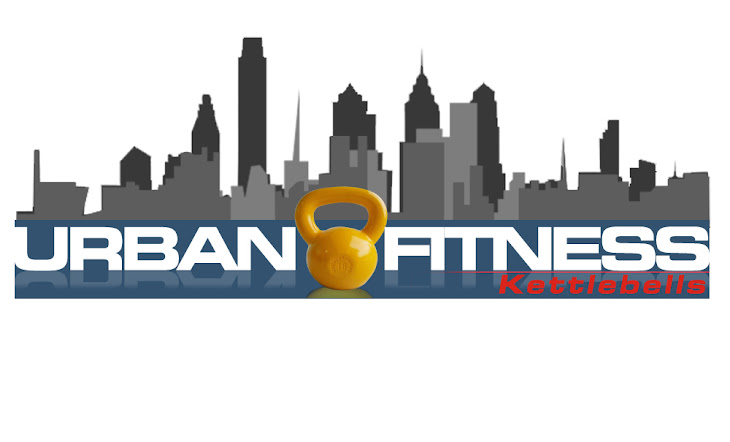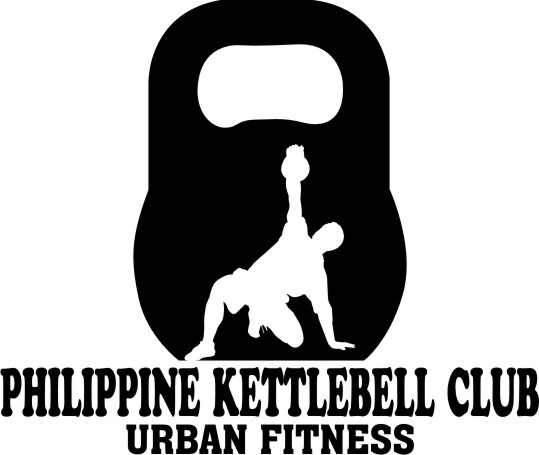WHY KETTLEBELLS FOR BASKETBALL? Kettlebells possesses the unique shape and design which allows it be lifted and swung in several planes of motion, and in movement patterns comparable to those demanded in Basketball.
Indeed that basketball is a physically demanding sport wherein players must be a complete athlete: strong and explosive while exhibiting fine motor skills when shooting, passing, rebounding, and dribbling. Basketball players must be conditioned to the demands of the sport. Aside from the drills performed by athletes during trainings, strength or weight training also plays an important role to increase the strength of muscular contractions, speed, and flexibility – which makes a stronger and faster player.
Kettlebell training is a form of strength or weight training that gives utmost importance to the lower body and core strength focusing mostly on upper body aesthetics. A basketball player must be able to efficiently run, shuffle, jump, and cut. All of these movements are performed primarily through the use of the ankles, knees, hips and core. In reality, players should possess the proper strength, power, flexibility, balance, coordination, and quickness to effectively compete on the court, because regardless of the rules, bodies collide and push up against one another with great speed and power. Due to the nature in which kettlebell drills are performed, one must contend with ballistic shock. Training in this environment will prepare one for the forces they will encounter on the court thus reducing risk in injuries due to the body properly accustomed to the demands of the sport.
Another point to consider is the position of the ball itself. A huge amount of time is spent in a partial squat position with the ball between the player’s legs. Although most strength and conditioning programs include some variations of Olympic lifts, only kettlebell variations begin from this position teaching the value of spinal stabilization, hip extension, and resisted deceleration. Barbell and dumbbells variations usually have the athlete standing in a narrow stance with their hands outside their legs, this position rarely occurs in the actual game.
BASIC AREAS IN BASKETBALL WHERE KETTLEBELLS CAN BE INCORPORATED:
• Training the muscles of the torso also known as core (hips, abdominals and lower back). The core is the link between the upper and lower extremities. It’s very important to develop a strong core in order for athletes not to have limited athletic performance. Forces that are generated from the legs and hips can be transferred into efficient movements when the core is solid and strong. This translates into running faster and jumping higher. Core training is an essential aspect of Kettlebell training and there are several exercises such as Turkish Get-up, Lunge and Squat Variation, Windmill, Russian Twist, and others that primarily target this area developing athletic strength, agility and injury resistance.
• Strengthen the muscles of the posterior and lateral hip (i.e. hamstrings and glutes). These muscles play an important role in rebounding, boxing out, blocking shots, and taking jump shots. A commonly shut down muscle group are the gluteals. The gluteal muscles are responsible for hip extension, external and internal rotation of the hip, abduction of the hip and they also aid in stabilizing the knee. Another one is the hip flexors; these become shortened typically from weak abdominals and a weak posterior chain. All Kettlebell foundational exercises such as the Swings focus on “activation” of these important muscles.
• Kettlebell drills such as Around-the-Body Pass, and Figure-Eight exercise helps improve reaction time, speed, and hand-eye-feet coordination.
• Common injuries in basketball occur at the ankles and knees. Lower body exercises that teach proper force reduction are crucial in reducing injuries in the lower extremities. It was proven that a good majority of the athletic population is in anterior tilt, and low back injuries in sports and weight training are often related to poor gluteal function, and lack of external oblique strength.
• Incorporate exercises to improve the strength and the range of motion to improve mobility. Due to the off-centered weight of a Kettlebell, an individual is forced to use more stabilizer muscles and work the targeted muscles through longer range of motion. The ballistic impact of it teaches the person how to absorb shock efficiently.
• Players should learn how to land and distribute ground forces from joints to muscle. This is another aspect that a kettlebell trained person will definitely be good at, as most kettlebell exercises requires proper grounding, therefore our body, specifically our foot will get used to properly absorbing forces and keeping the base of support stable and ready to adjust to the movements of the Center of Gravity.
• Absolute speed (or linear speed) is not necessarily important in basketball. Lateral speed and the ability to accelerate, decelerate, and change direction is crucial. Speed strength or Ballistic power is the ability to express significant tension in minimal time. Speed strength is essential for overall speed of movement when attempting to throw, submit and shoot.
• Basketball is a game of brief but intense and repeated burst of action and the ability to recover quickly is vital for playing hard. Therefore, conditioning must mimic the energy demands of the sport.
• Mental toughness when under fatigue. Due to the nature of the Kettlebell training, in which sets are timed and not counted in repetitions. It will force the athlete to adjust its pace, have proper breathing, to be able to finish the required time frame. This will inevitably (obviously) develop great work capacity, which will prove to be extremely useful when performing under extreme stress
Wednesday, January 27, 2010
Subscribe to:
Post Comments (Atom)








No comments:
Post a Comment